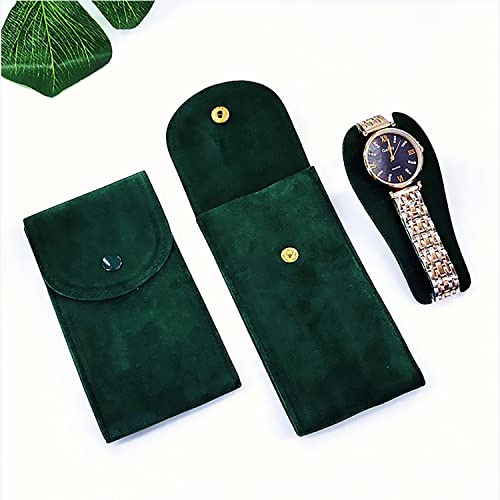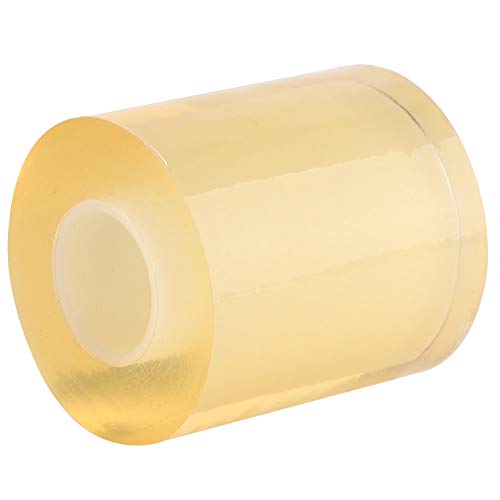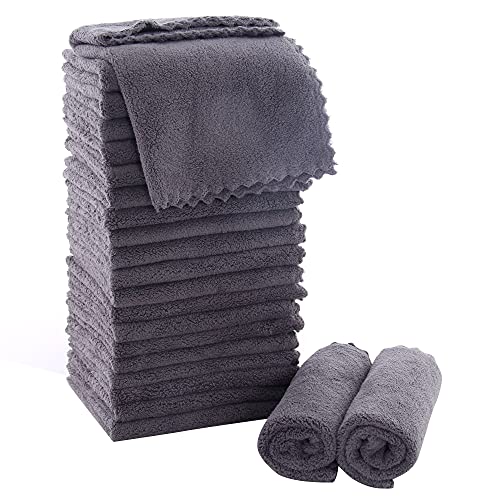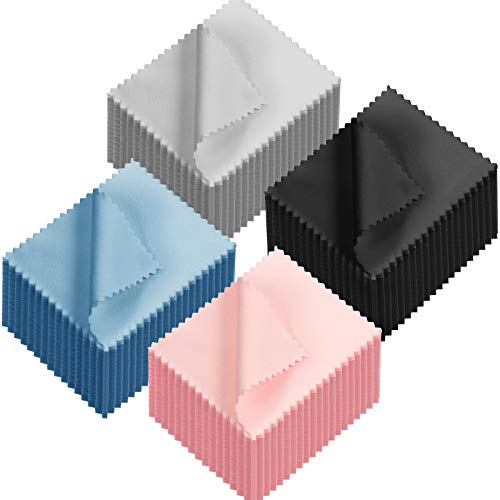To protect your sapphire crystal watch from damage, follow these steps:
- Keep the watch away from hard surfaces and high impact activities to prevent accidental scratches or bumps.
- Avoid wearing the watch during activities that involve excessive force or direct impact.
- Be mindful of your surroundings and avoid situations where the watch may come into contact with sharp objects.
- Clean the watch regularly using a soft cloth or microfiber to remove dirt and dust.
- Store the watch in a safe place, preferably in a watch box or pouch, when not in use to protect it from potential damage.
- Avoid exposing the watch to extreme temperatures or sudden temperature changes, as this can cause the crystal to crack or break.
- Consider adding a screen protector or a watch case for additional protection, especially if you know you will be engaging in activities that may pose a higher risk.
Timeless Elegance in Sapphire Crystal Watches
Clean the watch regularly
To clean the watch regularly, start by using a soft microfiber cloth or a watch cleaning solution. Gently wipe the sapphire crystal to remove any dirt or smudges. Make sure to be gentle and avoid using abrasive materials or harsh chemicals, as they can scratch or damage the surface.
Avoid exposing the watch to extreme temperatures
Sudden changes in temperature can have detrimental effects on the integrity of your watch, specifically the sapphire crystal. Extreme heat or cold can cause the crystal to expand or contract, potentially leading to cracks or damage. To ensure the longevity of your timepiece, it is crucial to avoid exposing it to environments with sudden temperature variations.
For instance, refrain from wearing your watch in saunas or hot tubs. The high temperatures in these environments can cause the sapphire crystal to rapidly expand, increasing the risk of cracking. Similarly, extremely cold conditions can also be detrimental to your watch. Avoid wearing it during winter sports or in frigid temperatures, as the sudden drop in temperature can cause the crystal to contract abruptly, potentially leading to damage.
Remember, it is important to protect your watch from extreme temperatures to preserve its performance and appearance.
Protect the watch during physical activities
Use a watch protector or remove the watch when participating in sports or activities that may expose it to impact or scratches. By doing so, you will safeguard the sapphire crystal from accidental damage. A watch protector is a protective accessory that can be easily attached to your watch and serves as a shield against potential impacts. Alternatively, if the activity you are about to engage in poses a high risk of damage to your watch, it is advisable to remove it altogether to ensure its safety. Taking these precautions will help maintain the integrity and lifespan of your watch, avoiding any unnecessary repair or replacement costs.
Store the watch properly
- When you are not wearing your sapphire crystal watch, it is important to store it properly to avoid any damage or scratches.
- Place your watch in a soft watch pouch or a dedicated watch box to protect it from dust and potential impacts.
- Gently place the watch in the pouch or box, ensuring that it is not tightly squeezed or pressed against any other hard objects.
- If using a watch box, make sure it has a cushioned interior or compartments to keep your watch separated and secure.
- Avoid storing your watch with other metal objects or jewelry that could potentially scratch the sapphire crystal.
- Store the watch in a cool, dry place away from direct sunlight to prevent any damage to the watch’s internal components.
- Regularly clean and polish the sapphire crystal to maintain its shine and clarity before storing it.
- Remember to remove any moisture or water from the watch before storing it to prevent any potential damage.
- By following these simple steps, you can ensure that your sapphire crystal watch stays in excellent condition when not in use.
Avoid direct contact with hard surfaces
Avoid placing your watch on hard surfaces to prevent damage.
When you place your watch directly on a hard surface, such as a table or countertop, you risk scratching or cracking the sapphire crystal. To protect your watch from unnecessary wear and tear, it is advisable to avoid direct contact with hard surfaces. Instead, opt for a soft cloth or a watch stand to rest your timepiece on. By doing so, you minimize the risk of potential damage and keep your watch in pristine condition. Remember, a little extra caution goes a long way in maintaining the longevity and appearance of your watch.
Regular maintenance and servicing
Professional Servicing for Longevity
Have your sapphire crystal watch professionally serviced every few years to ensure its longevity and optimal condition. Entrusting your watch to a skilled professional will allow them to identify any potential issues and provide the necessary maintenance to keep your watch working flawlessly.
Instructions for Servicing
- Find a reputable watch service center: Search for a reputable watch service center in your area that specializes in luxury watches and has experience working with sapphire crystal timepieces.
- Schedule an appointment: Contact the service center and schedule an appointment to have your watch serviced. This will ensure that your watch gets the attention it deserves and prevents unnecessary delays.
- Bring relevant information: When you bring your watch for servicing, make sure to provide any relevant information, such as the manufacturer, model, and any specific concerns or issues you have noticed.
- Leave your watch in capable hands: Hand over your watch to the service center and trust them to handle it with care and expertise.
- Allow time for servicing: Depending on the extent of the servicing required, it may take several days or even weeks to complete. Patience is key to ensuring a thorough job.
- Collect your serviced watch: Once your watch is ready, collect it from the service center. Inspect it carefully to ensure all requested maintenance has been performed and that the watch is in optimal condition.
- Maintain regular servicing schedule: To maintain the longevity of your sapphire crystal watch, make a note to have it serviced professionally every few years. This proactive approach will help prevent potential issues and keep your watch performing at its best for years to come.
By following these instructions and having your sapphire crystal watch professionally serviced on a regular basis, you can ensure its longevity and keep it in pristine condition.
Summary of Tips
In conclusion, safeguarding your sapphire crystal watch from damage is essential for its longevity and aesthetic appeal. By implementing the aforementioned measures, you can ensure that your timepiece remains resilient and retains its elegance for many years.
Essential Equipment
Preventive Measures
Proper Care and Maintenance of Sapphire Crystal Watches
- Handle the watch with care: Sapphire crystal is highly scratch-resistant, but it can still be damaged if mishandled. Avoid dropping or knocking the watch against hard surfaces
- Clean the crystal regularly: Use a soft cloth to gently wipe the sapphire crystal. Avoid using harsh chemicals or abrasive materials that could scratch or damage the surface
- Avoid extreme temperatures: While sapphire crystal is highly resistant to temperature changes, it is best to avoid exposing the watch to extreme heat or cold to prevent any potential damage to the crystal or other components
- Protect from direct impact: Although sapphire crystal is highly durable, it is still susceptible to cracking or shattering upon direct impact. Avoid hitting the watch against hard surfaces or exposing it to high impact activities
- Enjoy the clarity: One of the main benefits of sapphire crystal watches is their high transparency and clarity. Appreciate the crystal’s ability to provide a clear view of the watch face and admire its beauty
Frequently Asked Questions (FAQs) about Sapphire Crystal Watches
Are sapphire crystal watches more expensive than those with other types of watch crystals?
Yes, sapphire crystal watches are generally more expensive than those with other types of watch crystals. Sapphire crystal is known for its superior hardness and scratch resistance compared to other materials such as mineral glass or acrylic. The process of making sapphire crystal involves cutting and polishing synthetic sapphire, which is a costly material to produce. Due to its durability and luxury appeal, sapphire crystal is often preferred by high-end watch brands, contributing to the higher price tag. However, it is important to note that other factors, such as the brand, movement, and additional features, can also influence the overall price of a watch.
Can you replace a damaged sapphire crystal on a watch, or does it require professional repair?
Yes, a damaged sapphire crystal on a watch can be replaced, but it typically requires professional repair. Sapphire crystal is highly scratch-resistant, but it can still break or get damaged under certain circumstances. Replacing a damaged crystal involves expertise and specialized tools. Professional watchmakers or authorized service centers have the knowledge and skills to carefully remove the old crystal and install a new one without causing any further damage to the watch. It is generally recommended to seek professional assistance for replacing a damaged sapphire crystal to ensure the watch is properly repaired and the replacement is done correctly.
Are all sapphire crystals created equal, or do some watches have better quality ones?
Not all sapphire crystals are created equal, and some watches do have better quality ones. The quality of a sapphire crystal can vary depending on several factors such as the source and purity of the sapphire, the manufacturing process, and any additional treatments or coatings applied to the crystal. Higher-end watches often use sapphire crystals that are made from synthetic sapphire, which is chemically identical to natural sapphire but produced in a lab for consistent quality. These crystals are typically more durable, scratch-resistant, and have better clarity than lower-quality ones. In contrast, lower-priced watches might use sapphire crystals that have lower purity or are made from other materials like mineral glass or acrylic. These cheaper alternatives may not offer the same level of scratch resistance or clarity as true sapphire crystals. So, while all sapphire crystals may share the same base material, the variations in quality and manufacturing can result in significant differences among watches.






















